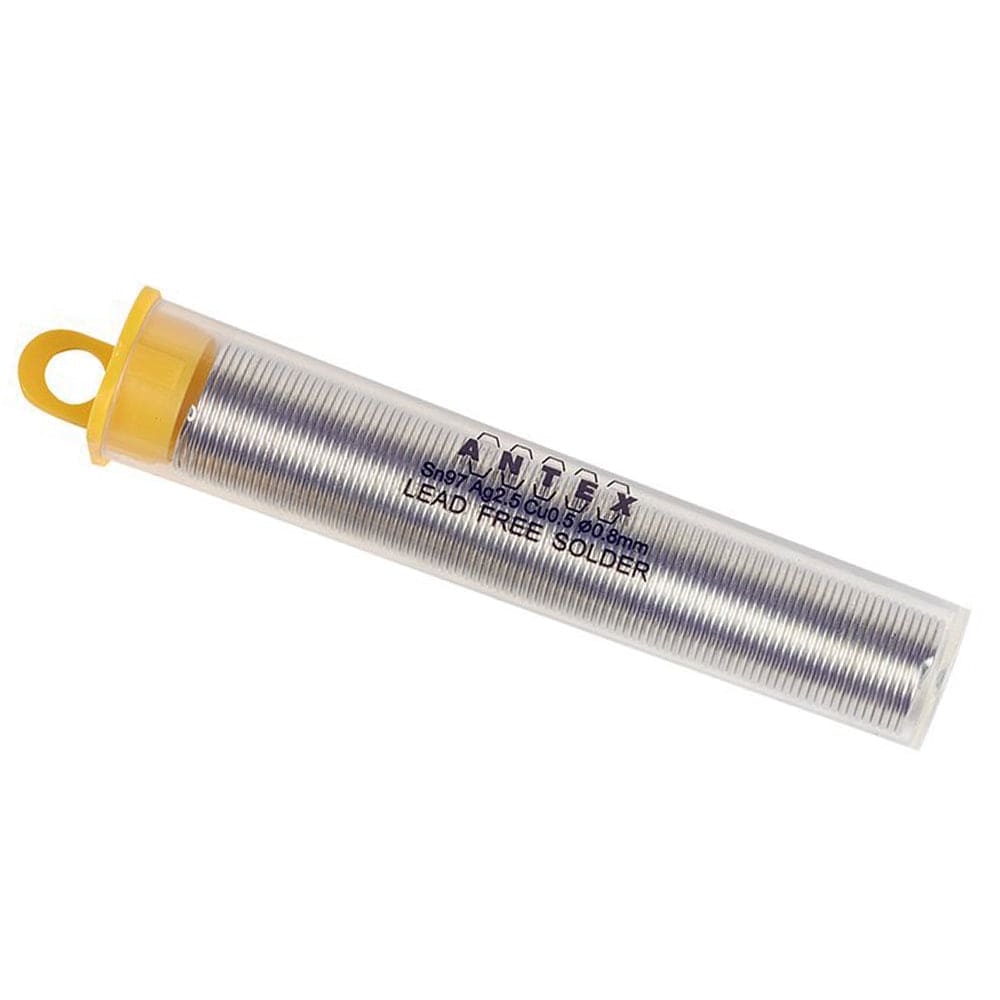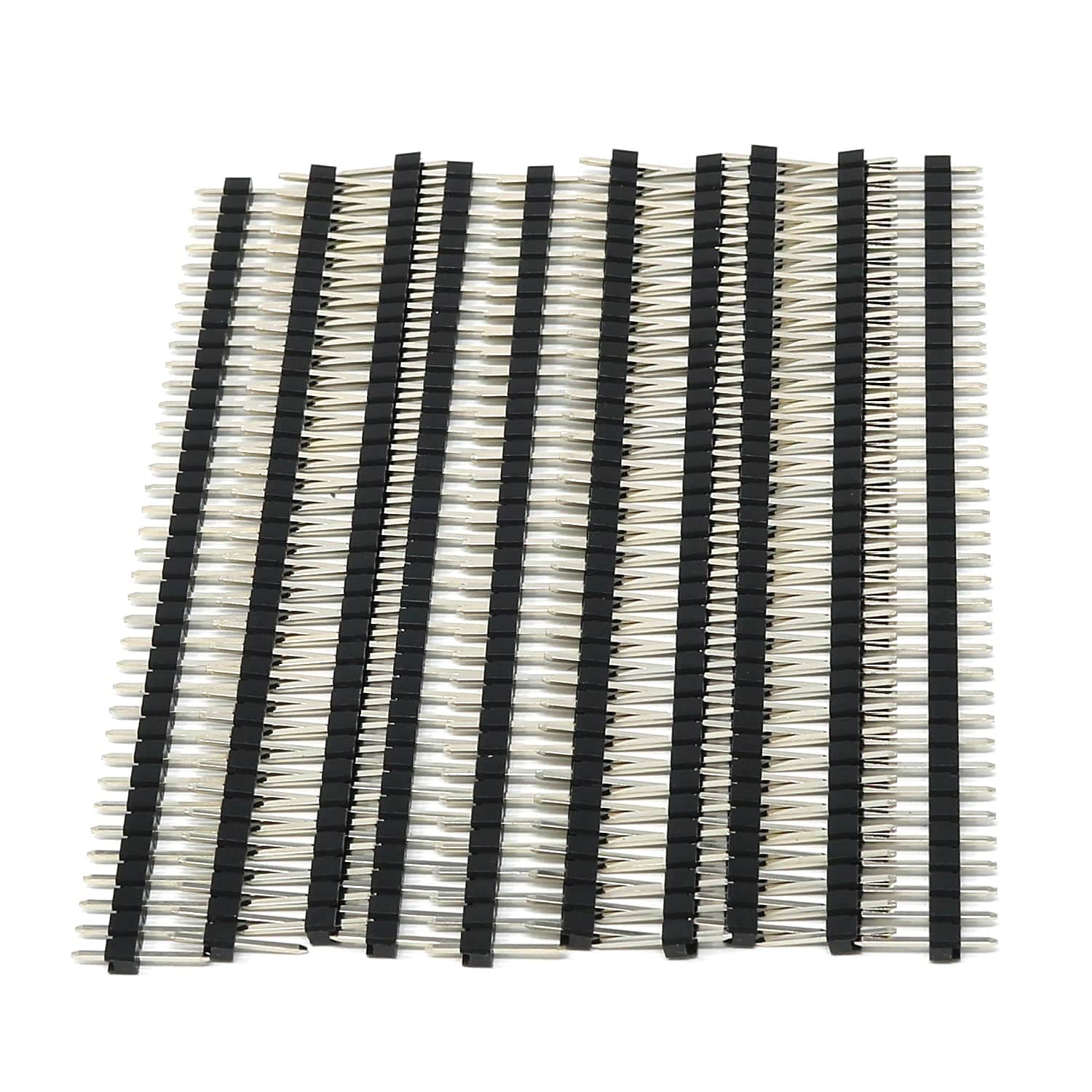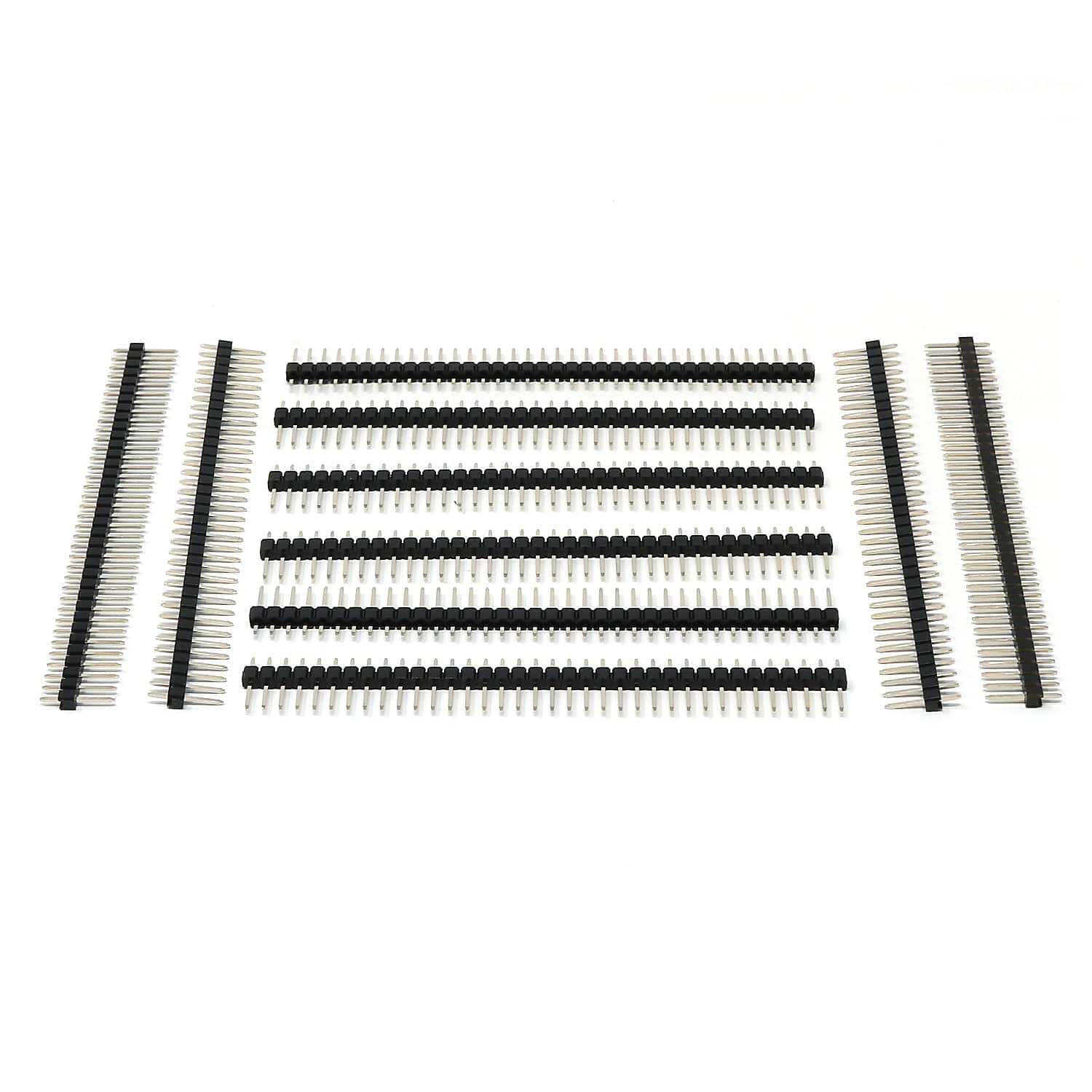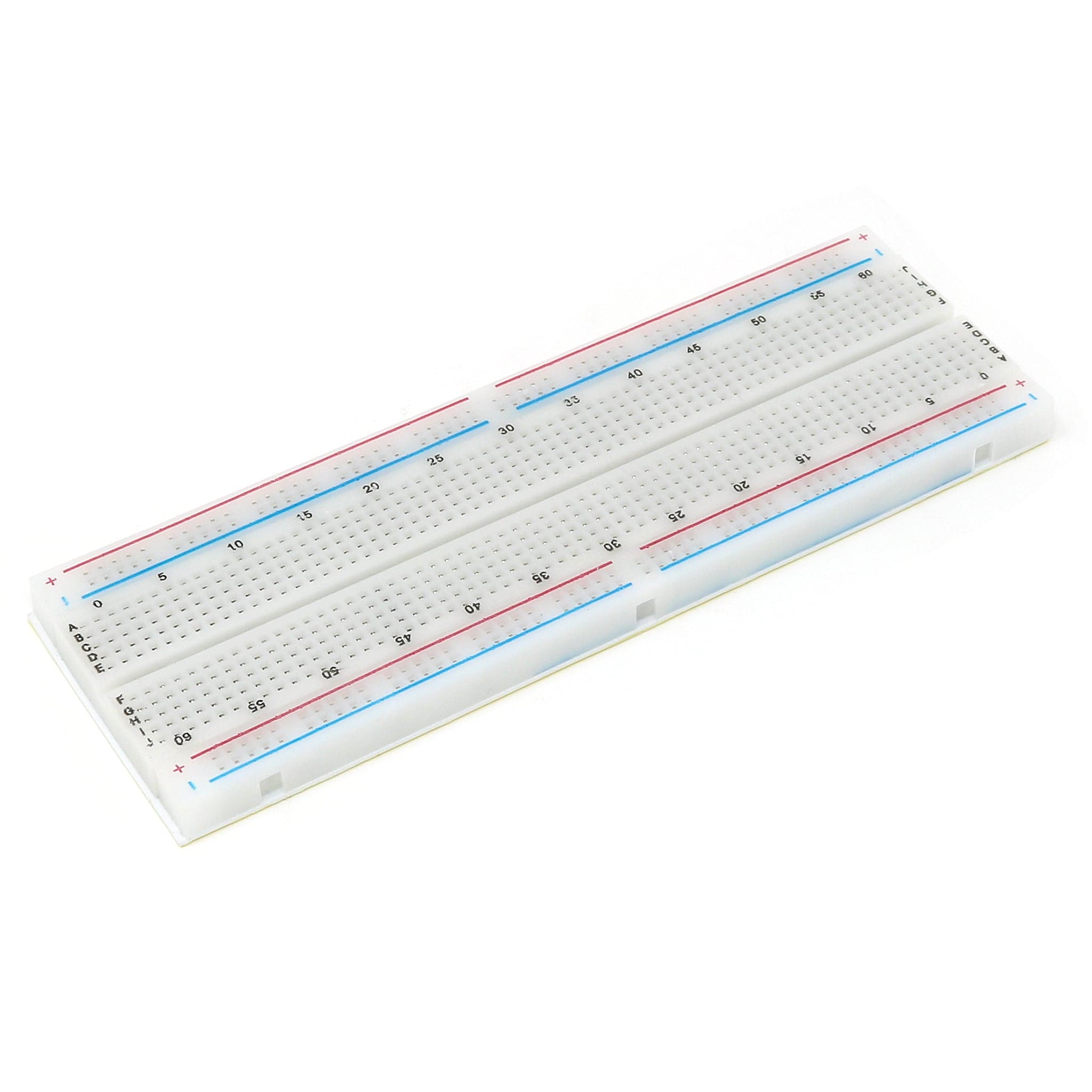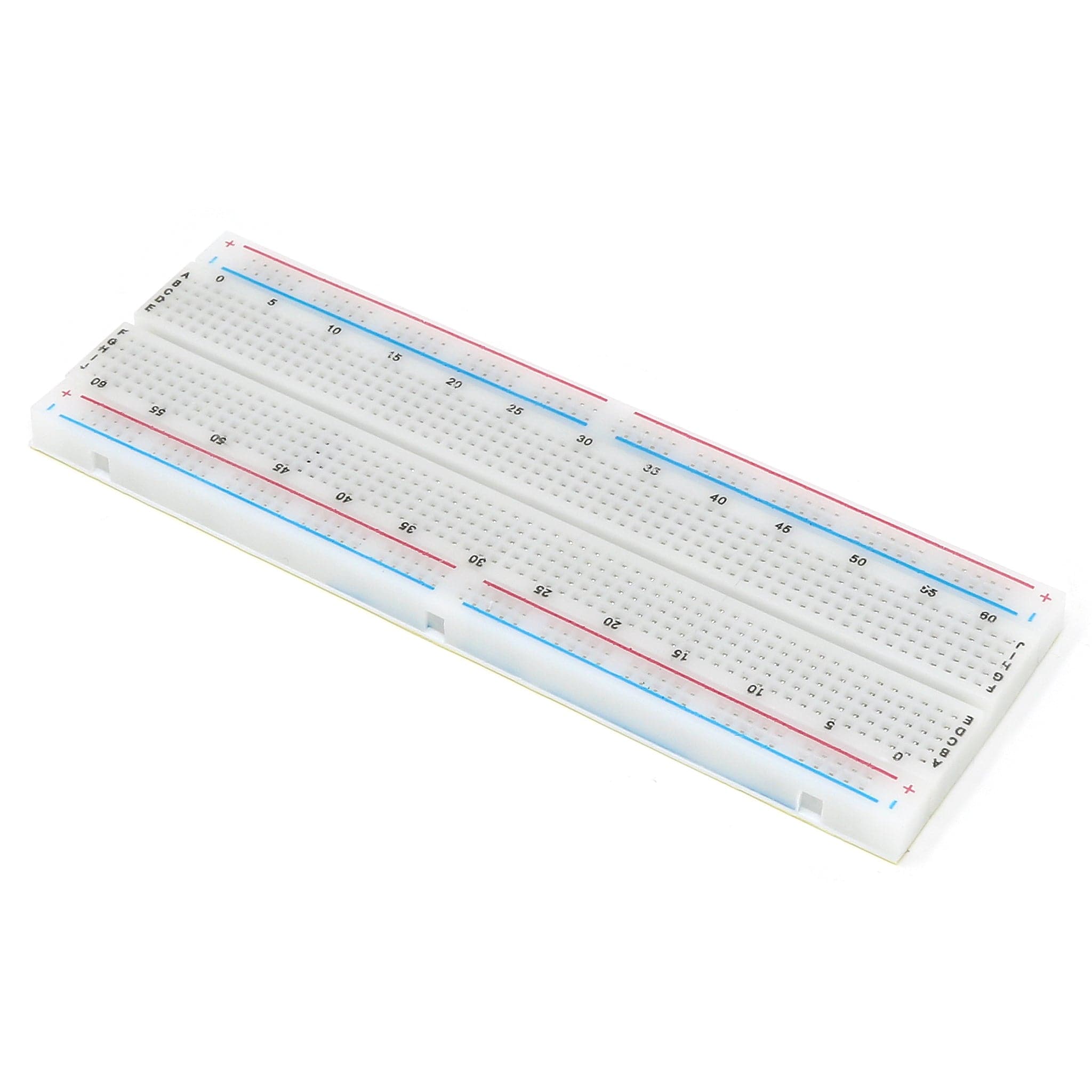![Pololu ACS714 Current Sensor Carrier -30A to +30A [Discontinued] by Pololu - The Pi Hut](http://thepihut.com/cdn/shop/products/pololu-acs714-current-sensor-carrier-30a-to-30a-pololu-pol-1187-34618190790851.jpg?v=1649113557&width=1200)
![Pololu ACS714 Current Sensor Carrier -30A to +30A [Discontinued] by Pololu - The Pi Hut](http://thepihut.com/cdn/shop/products/pololu-acs714-current-sensor-carrier-30a-to-30a-pololu-pol-1187-34618191118531.jpg?v=1649113736&width=1200)
![Pololu ACS714 Current Sensor Carrier -30A to +30A [Discontinued] by Pololu - The Pi Hut](http://thepihut.com/cdn/shop/products/pololu-acs714-current-sensor-carrier-30a-to-30a-pololu-pol-1187-34618192068803.jpg?v=1649113741&width=1200)
Login / Signup
Cart
Your cart is empty
![Pololu ACS714 Current Sensor Carrier -30A to +30A [Discontinued] by Pololu - The Pi Hut](http://thepihut.com/cdn/shop/products/pololu-acs714-current-sensor-carrier-30a-to-30a-pololu-pol-1187-34618190790851_1000x.jpg?v=1649113557)
![Pololu ACS714 Current Sensor Carrier -30A to +30A [Discontinued] by Pololu - The Pi Hut](http://thepihut.com/cdn/shop/products/pololu-acs714-current-sensor-carrier-30a-to-30a-pololu-pol-1187-34618191118531_1000x.jpg?v=1649113736)
![Pololu ACS714 Current Sensor Carrier -30A to +30A [Discontinued] by Pololu - The Pi Hut](http://thepihut.com/cdn/shop/products/pololu-acs714-current-sensor-carrier-30a-to-30a-pololu-pol-1187-34618192068803_1000x.jpg?v=1649113741)
This board is a simple carrier of Allegro’s ±30A ACS714 Hall effect-based linear current sensor, which offers a low-resistance (~1.2 mΩ) current path and electrical isolation up to 2.1kV RMS.
This version accepts a bidirectional current input with a magnitude up to 30A and outputs a proportional analog voltage (66 mV/A) centred at 2.5 V with a typical error of ±1.5%. It operates from 4.5V to 5.5V and is intended for use in 5V systems.
This current sensor is a carrier board or breakout board for Allegro’s ACS714LLCTR-30A-T Hall effect-based linear current sensor; we, therefore, recommend careful reading of the ACS714 datasheet before using this product. The sensor operates at 5 V and has an output sensitivity of 66 mV/A. The board ships fully populated with its SMD components, including the ACS714, as shown in the product picture.
| Current sense | 0.066 V/A |
| Minimum logic voltage | 4.5V |
| Maximum logic voltage | 5.5V |
| Supply current | 13mA |
| Size | 0.7" x 0.8" |
| Weight | 1.7g |
The pads are labelled on the bottom silkscreen. The silkscreen also shows the direction that is interpreted as positive current flow via the +i arrow.
The sensor requires a supply voltage of 4.5V to 5.5V to be connected across the Vcc and GND pads, which are labelled on the bottom silkscreen. The sensor outputs an analog voltage that is linearly proportional to the input current. When Vcc is 5V, this output voltage is centered at 2.5V and changes by 66mV per amp of input current, with positive current increasing the output voltage and negative current decreasing the output voltage.
Warning: This product is intended for use below 30V. Working with higher voltages can be extremely dangerous and should only be attempted by qualified individuals with appropriate equipment and protective gear.
The input current can be connected to the board in a variety of ways. For low-current applications, you can solder 0.1" male header pins to the board via the small through-holes on the input-current side of the board. For higher-current applications, you can solder wires directly to the through-holes whose sizes best match your wires, or you can use solderless ring terminal connectors, as shown in the pictures (not included). The large through-holes are big enough for #6 screws.
The board has two mounting holes on the logic side of the board. These mounting holes are 0.5" apart and are designed for #2 screws.
The IC has an internal filter resistance of 1.7 kΩ, and the carrier board includes a 1 nF filter capacitor, which produces a low-pass RC filter with a 90 kHz cutoff. You can improve sensing system accuracy for low-frequency sensing applications by adding a capacitor in parallel with the integrated 1 nF capacitor across the pads marked “filter” on the bottom silkscreen (this capacitor is labeled C2b in the schematic below). The frequency F that the filter will attenuate to half its original power is given by:

where Cf is the value of the capacitor added to the filter pads.

![Pololu ACS714 Current Sensor Carrier -30A to +30A [Discontinued] by Pololu - The Pi Hut](http://thepihut.com/cdn/shop/products/pololu-acs714-current-sensor-carrier-30a-to-30a-pololu-pol-1187-34618190790851.jpg?v=1649113557&width=1200)
![Pololu ACS714 Current Sensor Carrier -30A to +30A [Discontinued] by Pololu - The Pi Hut](http://thepihut.com/cdn/shop/products/pololu-acs714-current-sensor-carrier-30a-to-30a-pololu-pol-1187-34618191118531.jpg?v=1649113736&width=1200)
![Pololu ACS714 Current Sensor Carrier -30A to +30A [Discontinued] by Pololu - The Pi Hut](http://thepihut.com/cdn/shop/products/pololu-acs714-current-sensor-carrier-30a-to-30a-pololu-pol-1187-34618192068803.jpg?v=1649113741&width=1200)

